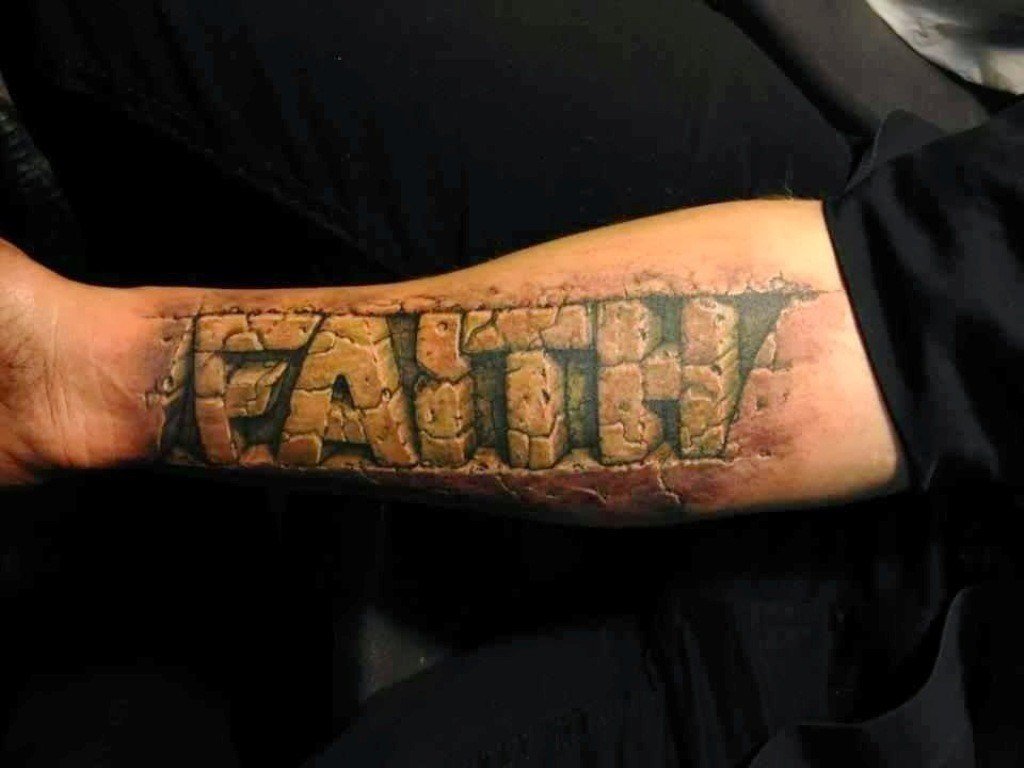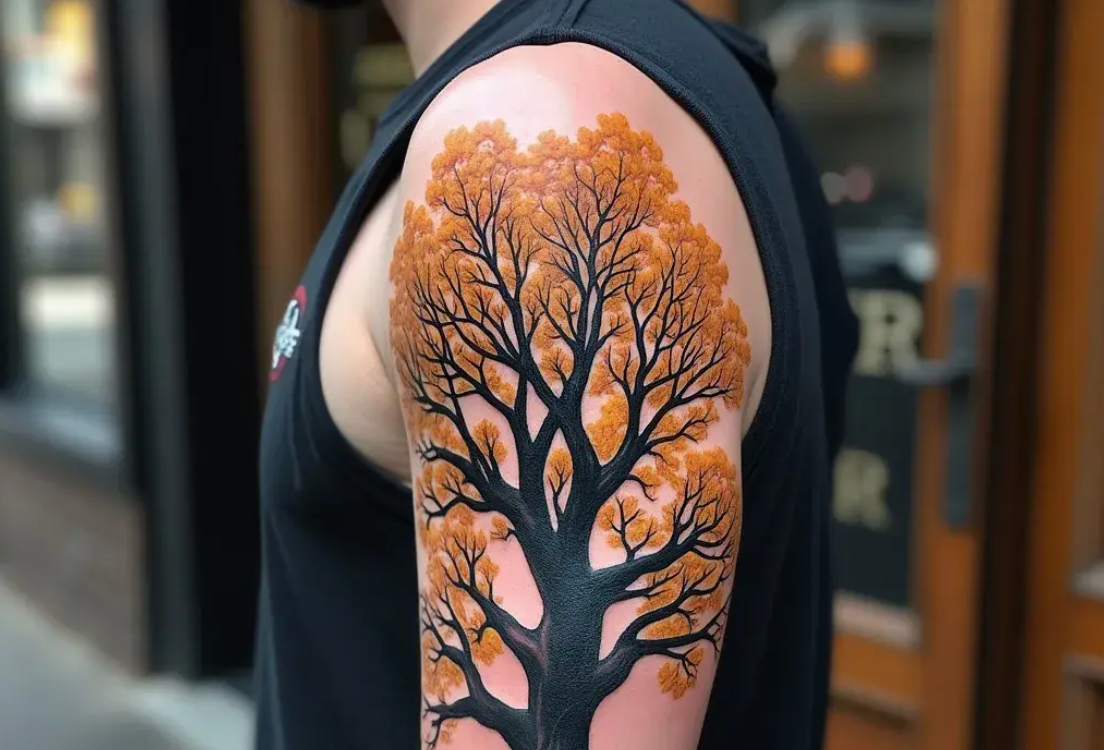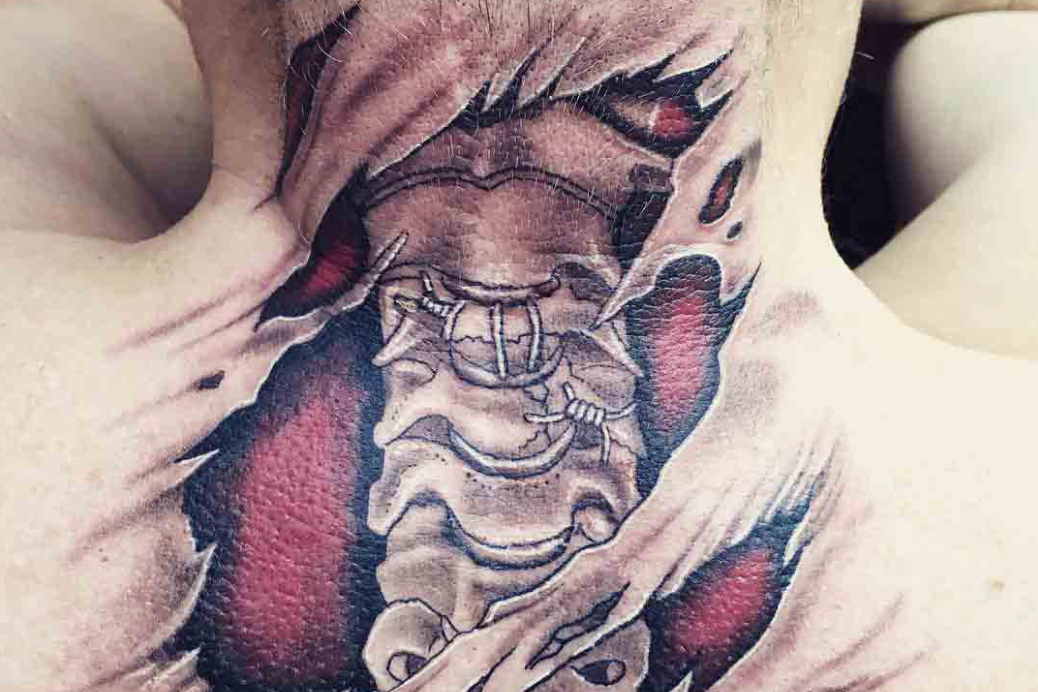

3D tattoos are one of the most mesmerizing forms of body art due to their ability to create optical illusions that make the image look alive and stand out from the skin. The art techniques in 3D tattooing requires skill, precision and a deep understanding of art and design. In this article, we will discuss the various art techniques used to create stunning 3D tattoos.

The basis of 3D tattoos is optical illusion. The tattoo artist must understand how the human eye perceives light, shadow, and depth. This illusion is achieved by manipulating elements such as lighting, shadows, and perspective to create the impression of three dimensions.
For example, in 3D tattoo designs such as holes in the skin, dark shadows are used to create depth, while bright highlights give the impression of bouncing light.
Shading is a major key in 3D tattoo art. Shading techniques involve gradations of color to create subtle transitions between light and dark areas.
Feathering: This technique is used to create very smooth transitions so that the image looks more realistic.
Cross-Hatching: This technique involves cross-hatching to create texture and shadow effects.
Shading skills in tattoo require intensive practice as small mistakes in color transitions can ruin the entire 3D effect.
Color and contrast also play an important role in creating a 3D tattoo.
High Contrast: Used for elements like shadows and highlights. The higher the contrast, the more visible the three-dimensional effect will be.
Neutral Colors: Colors like black, white, and grey are often used to create depth.
Colored Inks: Colored inks can provide additional detail, especially in designs such as insects, flowers, or animals.
The artist should be careful in choosing the color palette so that the tattoo looks vibrant but still harmonious.
Perspective is another important element in 3D tattoos. The artist must understand how objects look from certain angles and how to adjust proportions to create a three-dimensional effect.
For example:
Layering is another technique often used in 3D tattoos. This process involves the gradual application of multiple layers of ink to create the illusion of depth.
This technique requires patience as each layer needs to be completely dry before the next layer is added.

Highlights are important elements that make the tattoo look more vibrant. Usually, highlights are made with white ink or a light color on the areas that are exposed to “light”.
These highlights are often used on designs such as:
Proper placement of the highlights can make the tattoo look like it’s actually reflecting light.
To create realistic effects, 3D tattoo artists must also be able to replicate textures. For example:
Mastery of texture makes 3D tattoos not only look real but also give a sense of depth.
Every tattoo design should be customized to the area of the body it is being created on. For example:
3D tattoo artists often use visual references to ensure their designs are accurate and realistic. These references can be photographs, 3D models or sketches that help them understand the details of the objects they want to draw.
The art techniques in 3D tattoos require years of practice and experience. Artists must constantly hone their skills by trying new designs, learning traditional art techniques and experimenting with the latest tools and inks.